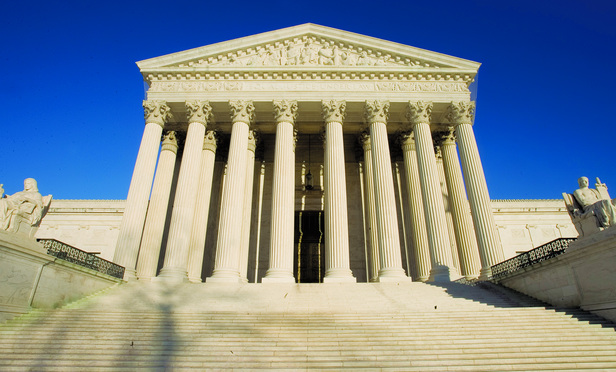When should a willful patent infringer be required to pay enhanced — essentially punitive — damages? Can enhanced damages be assessed even if the infringer is able to present a reasonable defense at trial? The U.S. Supreme Court’s June 13 decision in Halo Electronics v. Pulse Electronics, overruling the en banc Federal Circuit, emphasized that the U.S. Patent Act gives trial judges broad discretion to assess enhanced damages in “egregious cases of misconduct beyond typical infringement” — even when the defendant made an objectively reasonable case that no actionable infringement occurred.
Enhanced damages have always been part of U.S. patent law. The first Patent Act, passed in 1793, required treble damages in any successful case — treating patent infringement the way that antitrust, racketeering and terrorism cases are considered today.
This content has been archived. It is available through our partners, LexisNexis® and Bloomberg Law.
To view this content, please continue to their sites.
Not a Lexis Subscriber?
Subscribe Now
Not a Bloomberg Law Subscriber?
Subscribe Now
LexisNexis® and Bloomberg Law are third party online distributors of the broad collection of current and archived versions of ALM's legal news publications. LexisNexis® and Bloomberg Law customers are able to access and use ALM's content, including content from the National Law Journal, The American Lawyer, Legaltech News, The New York Law Journal, and Corporate Counsel, as well as other sources of legal information.
For questions call 1-877-256-2472 or contact us at [email protected]






